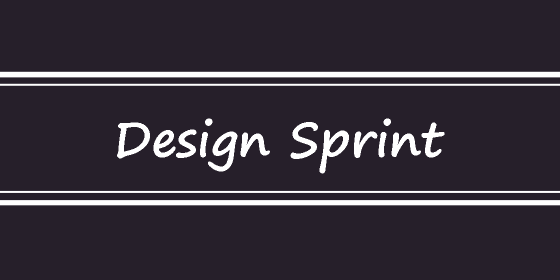Design Sprint

A Design Sprint is a time-boxed and structured workshop or process that brings together cross-functional teams to solve complex problems, develop new ideas, and create innovative solutions. The concept of the Design Sprint was popularized by Google Ventures (GV), but it has since been adopted by many organizations and design agencies worldwide.
For mature teams who wish to increase their level of customer insights, it is not uncommon to invite customers to actively participate in the Design Sprint and that way increase the customer relevance.
The typical duration of a Design Sprint is usually one to five days, depending on the complexity of the problem and the depth of exploration required. The process involves the following key stages:
- Understand: In this initial phase, the team gathers all relevant information about the problem or challenge they are trying to address. They conduct research, review existing data, and seek insights from stakeholders and potential users to gain a comprehensive understanding of the problem space.
- Define: The team defines a clear and actionable problem statement based on the insights gathered in the first phase. This helps set a specific goal for the Design Sprint and ensures everyone is aligned on the problem they are trying to solve.
- Ideate: During the ideation phase, participants generate a wide range of ideas and solutions to address the defined problem. They engage in brainstorming sessions, sketching, and other creative exercises to explore different possibilities.
- Prototype: In this phase, the team turns the selected ideas from the ideation phase into tangible prototypes. These prototypes can be low-fidelity sketches, digital mockups, or even physical models, depending on the nature of the problem.
- Test: The final stage of the Design Sprint involves testing the prototypes with real users or stakeholders. This helps gather feedback and insights, which can be used to refine the concepts and make data-driven decisions.
Design Sprints are particularly useful when:
- Customers are invited to participate and share perspectives as part of the design process.
- The team is facing a complex problem that requires innovative thinking and collaboration.
- There is a need to explore and validate new ideas quickly and efficiently.
- The organization wants to reduce risks associated with launching new products or features.
- Stakeholders are seeking a structured approach to problem-solving and decision-making.
Design Sprints offer a structured framework to encourage creativity, collaboration, and user-centricity. By compressing the typical design process into a focused and time-limited period, Design Sprints help teams make significant progress in a short time, leading to better outcomes and actionable insights.